We almost got to the ten-year anniversary of your dad first making the “why’s it called that, it doesn’t look very happy to me” joke, but not quite.
After three series and as many maladjusted creeps as can have cuffs slapped on them, Sally Wainwright’s tour de force Yorkshire crime drama Happy Valley (BBC One) bowed out on Sunday.
“Contains strong language, prolonged violence and upsetting scenes,” those watching on iPlayer were informed before it began, which would have warmed their hearts.
Bring it on
If Happy Valley’s on, then that’s what they’ve paid their licence fee for. Bring it on.
Last week’s fifth episode left a bunch of hanging plotlines, but Wainwright knows it’s the storyline which has lasted throughout which draws us back.
Crazed Tommy Lee Royce (the mighty James Norton) has broken out of jail, and he wants to wrest his son Ryan (Rhys Connah) from his copper gran Catherine Cawood (the even mightier Sarah Lancashire).
Her daughter Becky died by suicide after being raped by Tommy.
All this played out at the expense of the two other storylines involving rotten men, especially that of mild-mannered but desperate pharmacist Faisal (Amit Shah).
His dealing of prescription pills bagged him queasy threats of violence from local gangsters and eventually turned him into a killer.
Toxic masculinity
In the end he was arrested off camera, with Catherine absent-mindedly rustling up one last piece of Columbo-style evidence as she cleared her desk following a job well done.
Meanwhile Ryan’s alpha-male but beta-human PE teacher Rob Hepworth (Mark Stanley) wasn’t a murderer, ‘only’ a domestic abuser and probable child-groomer.
That last fact seemed tacked-on just to compound Rob’s awfulness.
Both characters had been written and acted as perfectly awful studies of extreme toxic masculinity, but both arcs felt thrown away to make space for the main event.
Catherine’s final confrontation with Tommy – which has already spawned an internet meme, of Tommy peering in her living room window and failing to spot Catherine asleep on the sofa – also lacked a little for me, although looking at The Entire Internet, I might be alone in that.
By the time he lit the match – literally – on the ghastly finale, it was possible to feel sympathy for Tommy.
His relationship with Becky seemed more complex than we had previously believed.
And he appeared to hold genuine affection for Ryan and regret that his arch-enemy Catherine had done better than him by the kid.
On top of this he’d just brutally wiped out the local villains before they got to him, making him an accidental hero.
Hint of sympathy
For the whole series Tommy has been the very worst narcissistic and psychopathic traits rolled into one, a walking avatar of toxic masculinity versus Catherine’s world-weary but determined woman who’s had it up to here.
Any hint of sympathy for him felt strange, and unearned by the character.
Is it fair to watch excellent, near-perfect television but be unable to get past its slight imperfection?
It really was excellent, just, until the end – but please don’t do a Line of Duty, and just leave it there.
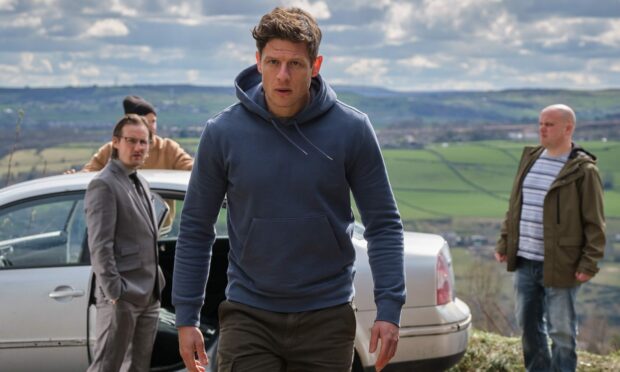
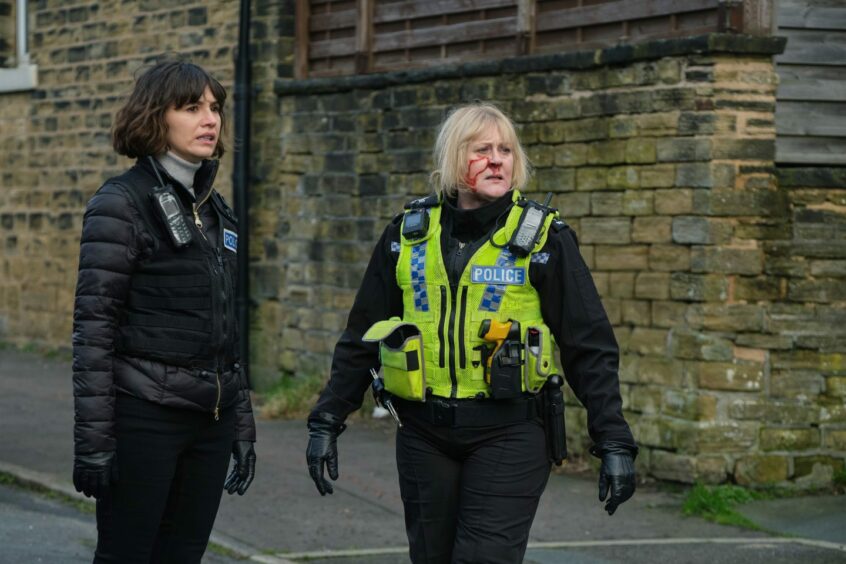
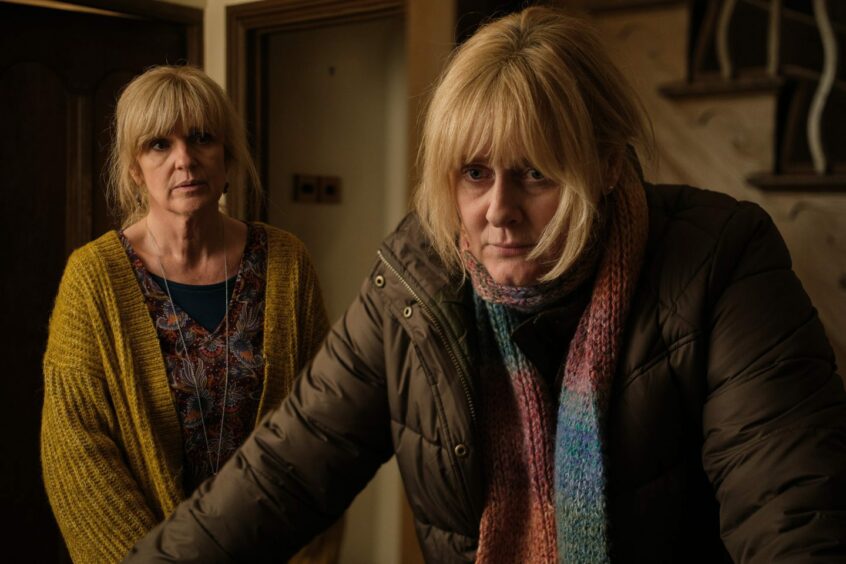



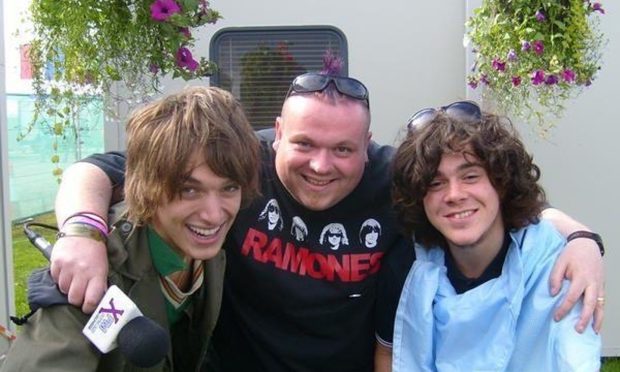

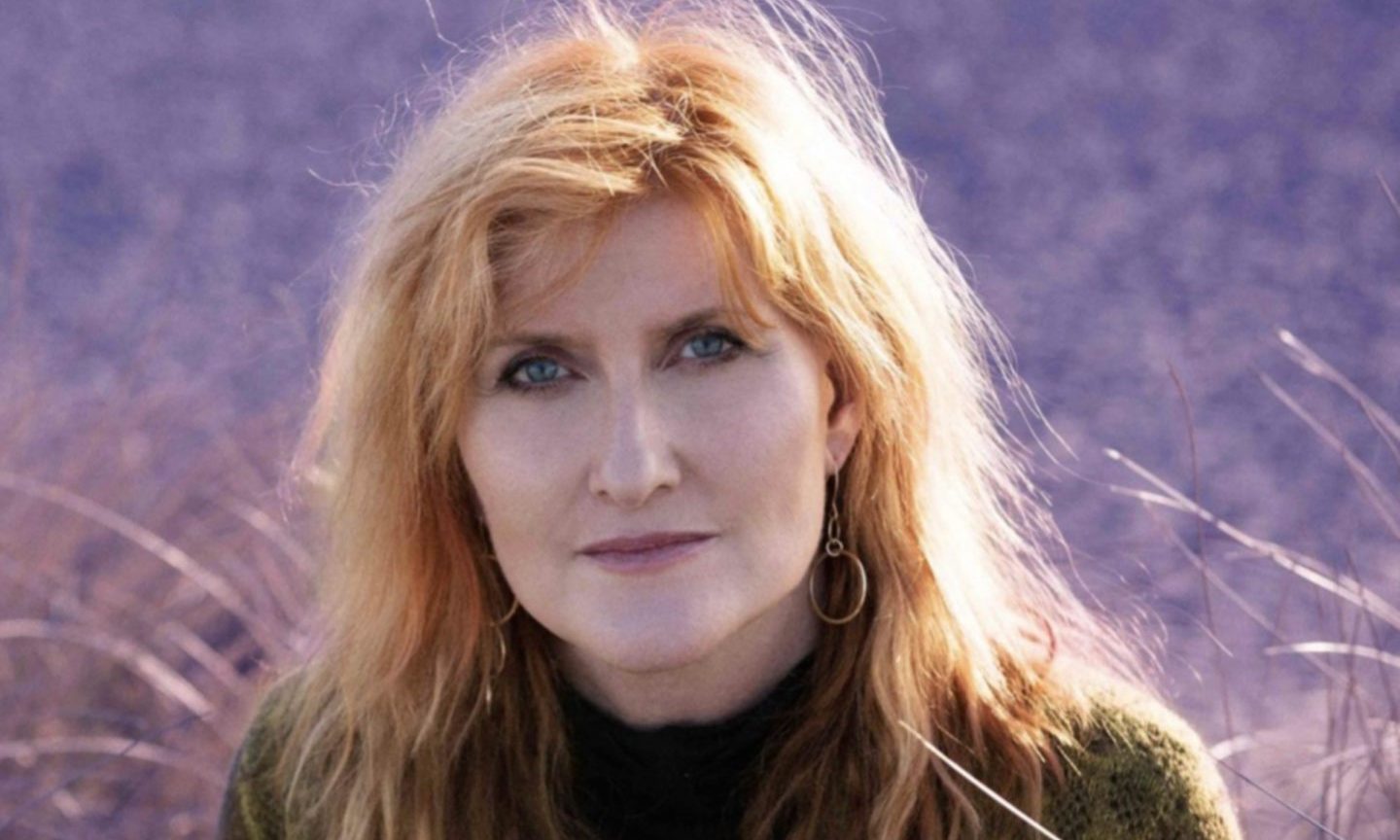
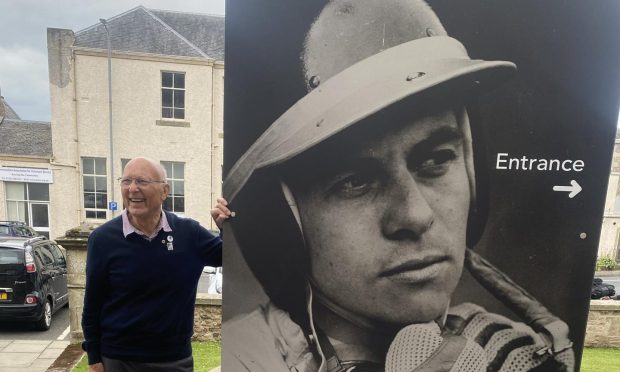
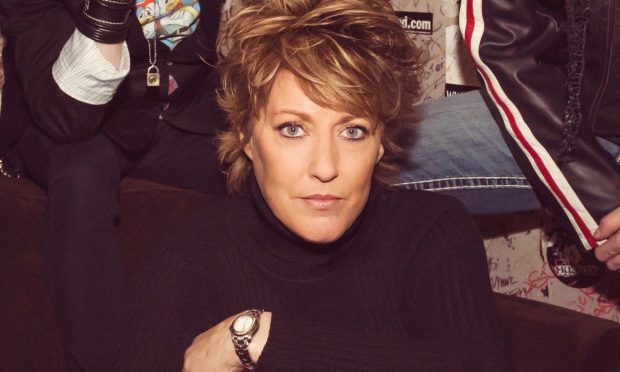
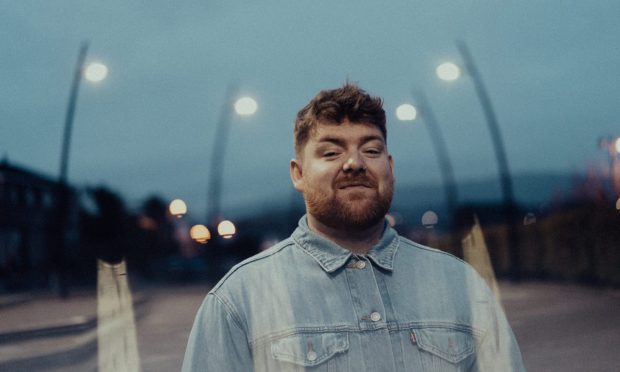

Conversation